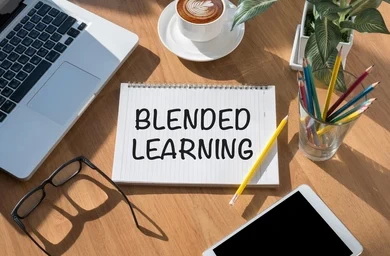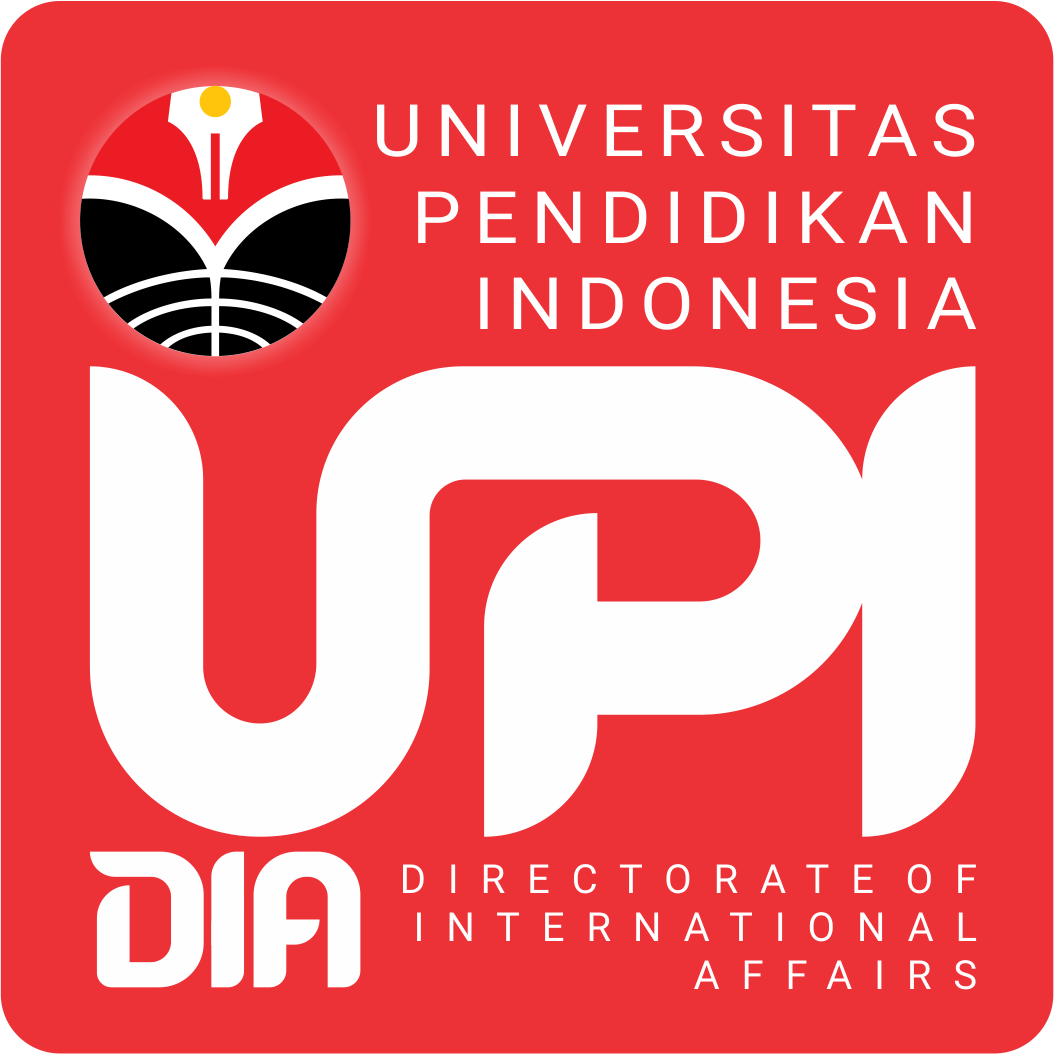
Dian Herdiana | Photo: Shutterstock | DIA UPI
At the end of May 2021, Indonesia reached the pinnacle of the Covid-19 outbreak. The government then established the Community Activity Restrictions Enforcement Act (PPKM).
The policy has an impact on the education sector, which still requires distant learning to be implemented (PJJ). The instance of Covid-19 began to fade in mid-September, and most areas of Java have now exited the PPKM Level 2 stage.
The application of learning in the education unit can be done through a limited-face learning based on Pati Regent Instruction No. 15 of 2021 on PPKM Level 2. (PTMT). Making learning plans that blend online and offline or face-to-face learning is one of the initiatives to address student learning demands under PTMT settings.
Face-to-face learning is only conducted twice a week with a duration of two hours for each meeting. On the other four days, learning is conducted online.
The material presented in the current PTMT system is Theme 3 sub-theme 1 learning 1 about the digestive system of animals and humans, referring to KD 3.3, which explains the digestive organs and their functions in animals and humans and how to maintain the health of human digestive organs. The technical implementation of PTMT is that students have been facilitated by material in the form of learning videos on the previous day so that they can be studied first.
So that during the implementation of face-to-face learning in class, the teacher can convey important points of learning material, given the limited time available. Students can also easily ask and discuss materials that are difficult to understand by preparing a list of questions when they study the learning videos that have been delivered previously. Thus, the implementation of PTMT becomes more effective and efficient.
In online learning, teachers choose to use the Google Meet facility as a virtual face-to-face facility. This application provides a means for conducting online audio and video conversations, so that teachers and students can interact virtually.
The operation of this application is also quite easy, which is enough to use the e-mail account contained on the student’s cell phone or the student’s parent. The technical implementation is that the teacher provides information in advance about the material to be discussed when carrying out online learning.
Next, the teacher provides a link that connects students to the Google Meet application. Through this application, students feel happy because they can still greet each other and see the material displayed on the screen during the learning process.
With the interaction between fellow students and teachers, both limited face-to-face and online learning assisted by Google Meet, the learning environment becomes more fun and can attract students to be actively involved. This has an impact on students’ understanding for the better and increased motivation to learn during the pandemic.
